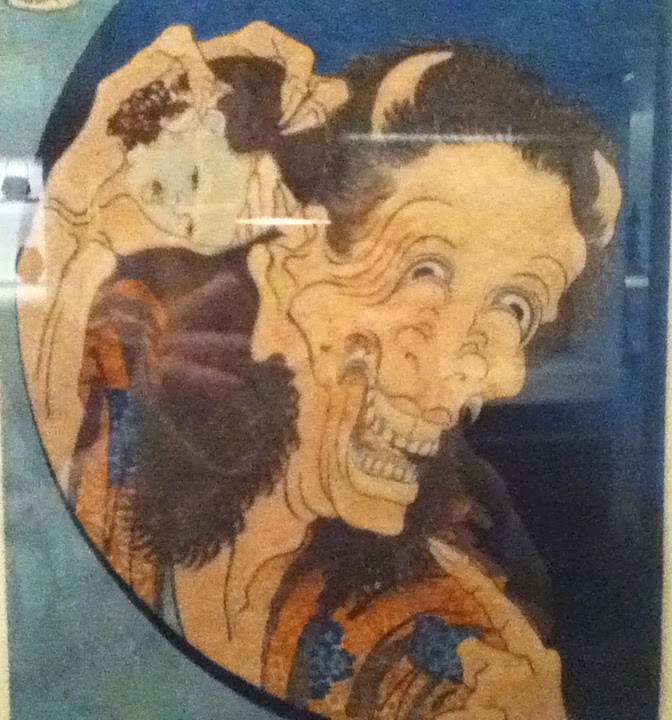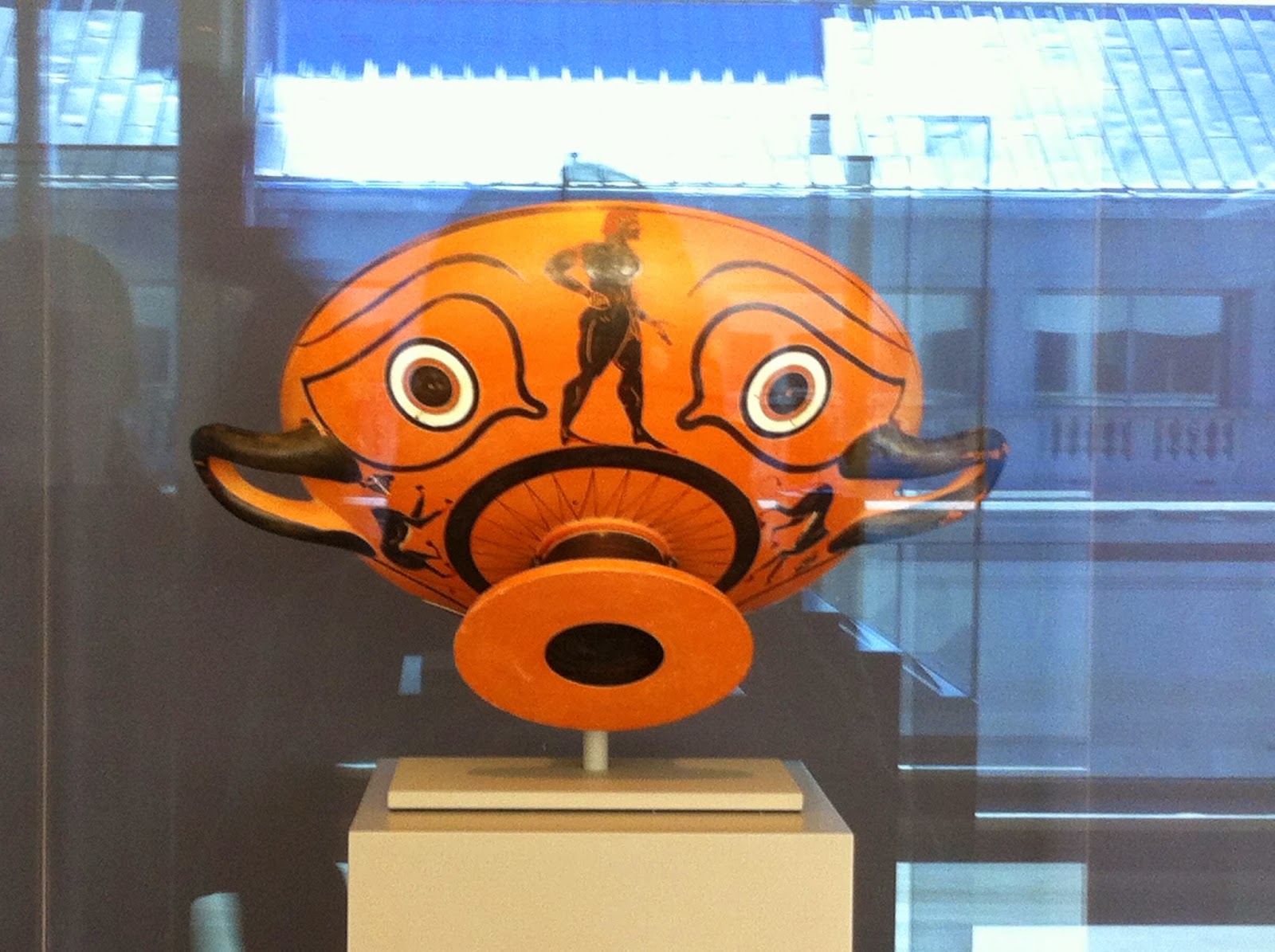 |
| An engraving showing victims of the Dancing plague |
#1 - Dancing Plague
During July of 1518, dozens of people in the French city of Strasburg were seized with disco fever and literally danced themselves to death. It began with one woman, Frau Troffea. One day, as she was walking down the street, she started convulsing in time with an unheard beat. Several neighbors joined her, and by the end of the week 30 people were cavorting around Strasburg like some sort of medieval flash mob. Victims reportedly danced nonstop for nearly six days before dying of strokes, heart attacks, and exhaustion.
Nearly five-hundred years later, scholars are still trying to uncover the cause of the Dancing Plague. Somebody suggested that the victims were suffering from stress-induced psychosis, but that doesn’t quite cut it for me. Mental illness isn’t contagious, and the Dancing Plague seems to be, judging by the way it spread from Troffea to her neighbors. Another theory blames erot fungus, the organic version of LSD. But again, that’s not contagious. And erot fungus is more likely to kill you than give you happy feet.
Personally, I think Strasburg was infected with Jitterbugs.
#2 - Lost Colony of Roanoke
In August, 1587, over a hundred men, women and children established a colony on Roanoke Island, just off the coast of North Carolina. At first everything went according to plan. Houses were built, crops were planted, and the settlers celebrated the birth of the first English child to be born in the New World.
Unfortunately, supplies ran low after a few months. The governor was sent back to England for more, but war broke out while he was there, and delayed his return for three years.
When he finally reached Roanoke, the rest of the settlers had disappeared. To this day, nobody knows what became of them. The only clue to their fate was the word “CROATOAN” carved on an old fencepost.
“CROATOAN” is an aggravatingly ambiguous phrase. It could refer to the local Croatoan Island, to which the colonists may have relocated, or to the Croatoan Indians, who may have attacked them or let them join the tribe. Testing has been conducted to see if modern Native Americans carry English DNA, but so far the results have been inconclusive.
 |
| Kaspar Hauser |
#3 - Kaspar Hauser
One day in May, 1828, a shoemaker named Georg Weickmann noticed a strange boy tottering around Nuremburg as though drunk. He wore peasant clothes and carried a letter addressed to the local calvary captain. Weickmann decided to play the Good Samaritan and showed him to the officer’s house.
After awhile it became apparent that the boy wasn’t drunk. He was simply in awe of his surroundings and still learning to walk. His feet were blistered, as though unaccustomed to shoes, and when the captain’s servants offered him food, he spat it out in surprise. Naturally Weikmann and the captain questioned him, but all the boy knew how to say was “I don’t know” and “I want to be a rider the way my father was.”
Nobody knew what to do, so they called the police and locked him in the Vetsner Gate tower. While there, he gradually learned more German, and revealed his strange story to one of the jailers.
The boy said his name was Kaspar Hauser. He claimed to have spent all of his life in a dark cell, with no human contact except for a mysterious cloaked figure who left food on occasion. A tall tale, perhaps, but circumstances backed his story. For instance, Kaspar had an abnormality in his knees, suggesting that he hadn’t been able to stand up straight, and his behavior was incredibly childlike.
Kaspar said he had only recently left his cell. Apparently the cloaked figure decided to release him. He taught the boy how to walk and speak, then shoved a letter into his hand and sent him on the road to Nuremburg with strict instruction to join the calvary.
As you might expect, Kaspar’s story turned a lot of heads. Visitors mobbed the tower to stare at him, and there were whispers that he might be royalty--perhaps even the rightful prince of Baden. All of this attention overwhelmed Hauser, and it was agreed that he should be placed under the guardianship of a college professor.
To complicate things even further, the cloaked figure made a reappearance, perhaps angry that Kaspar had not joined the calvary. While the professor was gone, he cornered the boy and tried to assassinate him, but Hauser escaped with only a slight wound.
After this he was tossed back and forth between several more guardians, the figure tried to kill him again but was unsuccessful, and the public became more critical of Kaspar’s account. Some called him a liar. After all, there were gaping holes in his story. For example, Hauser claimed to have been fed exclusively bread and water during his confinement. Nutritionally speaking, that’s impossible. He would have starved years ago. Could it be that this was just a ploy for attention?
Unfortunately, Kaspar died before more conclusive evidence could be discovered. On December 14th, he stumbled into the house with a chest wound which he claimed was from the cloaked figure. Nobody took him seriously enough to call a doctor, and he died just a few days later.
























